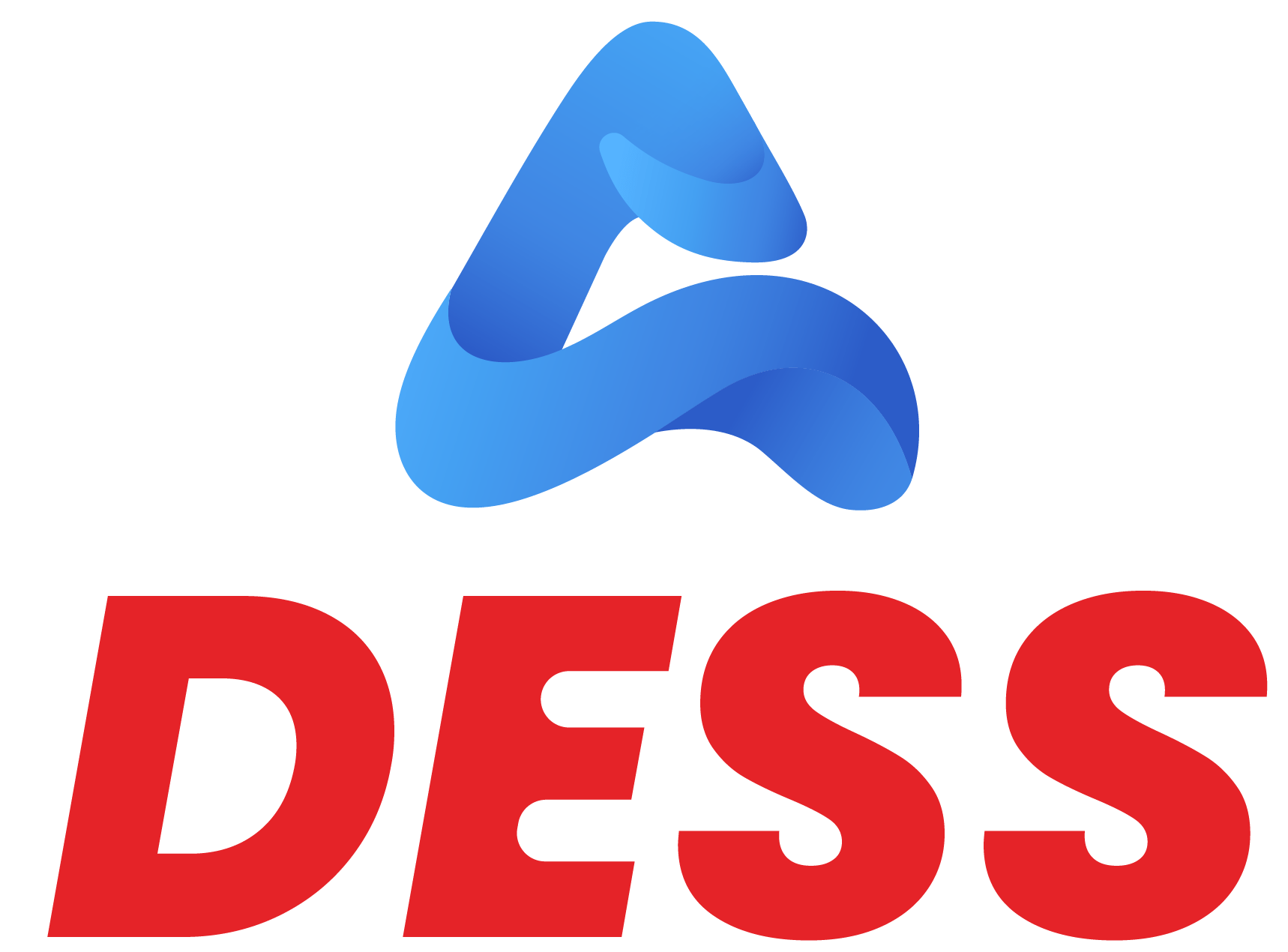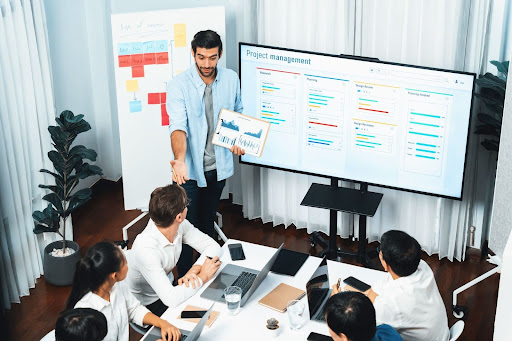Today, efficient time management is not simply a helpful tool in our high-speed life—it has become indispensable. Among all aspects of minutes management, dealing with meeting records is most likely to determine our effectiveness in an organization. These reports are often underappreciated by teams. They ensure that teams are effective by always considering their objectives.
Records of meetings are about more than just what was said. They also briefly outline important discussions, decisions, and planned activities. They are significant because they make it possible for us to keep in mind what we’re doing, work as a team, and remember that everyone is involved. In the end, meeting records can save a lot of time and increase organizational success. They reduce meetings to the actionable elements we can follow up on. This implies that teams must cooperate effectively and make the right decisions.
The Art of Taking Meeting Minutes
Minute-taking is an important skill. It aids in documenting communication and records management. In this section, more emphasis is put on how to be a better meeting minutes taker. It offers tips to ensure that the minutes are comprehensive and have a positive impact.
Understanding the Purpose of Minutes
Minutes of a meeting, work like formal and legal documents record the time. They keep those unable to attend updated and provide a reliable record of decisions made and actions decided on during the meeting. A good set of minutes indicates the tone and content of a meeting, leaving out all irrelevant details.
5 Key Components of Minutes Management
- Basic Information: Date, Time, and Place: Make sure to write down when and where the meeting happened and who was there.
- Agenda Items: Talk about the main things everyone discussed. If something needs explaining so it makes sense, include that info.
- Decisions Made: Say what choices people made, who decided, and why they did. This helps everyone remember later on and shows why it matters.
- Action Items: Keep track of tasks that need doing, who’s in charge of them, and when they should be finished. It keeps folks on track with what they need to do.
- Varied Perspectives: If people share different thoughts or opinions, note them down, too. It helps us understand why decisions were made. (Note how each point lays out simple instructions without jargon or complex language for clarity.)
After the Meeting
- Timely Distribution: Get the meeting notes out quickly while everyone still remembers what happened.
- Format and Accessibility: Make sure they look clear and that everyone who needs them can get them easily. Keep them safe for later.
- Follow-up: Use those notes to check what we’ve got to do before we meet up again.
5 Effective Minute Management Strategies
- Be Concise: Write down the big stuff, like ideas, what we decided to do, and the next steps.
- Use a Standard Format: Don’t get bogged down with all the small talk. Stick to a layout that’s easy to follow. Maybe use sections like “Item,” “Chat,” “Decision,” and “Next Steps.”
- Highlight Deadlines and Responsible Persons: Don’t forget to point out deadlines and who’s in charge of each job.
- Record Decisions and Rationales: Jot down what choices were made and why—superr useful for looking back on later.
- Review and Clarify: Quickly double-check with the important people to make sure you got everything right, especially if things got complicated.
Leveraging Minutes for Organizational Success
Using meeting minutes as a strategic component of the organization’s operations can greatly contribute to its success. This chapter discusses how an accurately documented minute can improve decision-making, keep the flow intact, and promote a culture of responsibility and productivity.
Enhancing Decision-Making
Minutes management is invaluable for enhancing decision-making processes. Such meeting minutes are priceless for improving organizational decision-making. They act as a source of historical references, wherein they give thorough reflections about past meetings and decisions with their justifications. This is important while revisiting old topics or when new members need to be up-to-date.
Through these records, decision-makers are able to steer clear of unnecessary debates and make their decisions based on a comprehensive understanding of the history of this issue. What’s more, minutes may reveal persistent challenges or areas and assist leaders in realizing where they need to put additional effort into dealing with them.
Ensuring Continuity and Consistency
In all cases, continuity is critical in organizational operations where there are long-term projects or team changes. Meeting minutes are vital in upholding continuity. They serve as a formal document that new members can refer to in order to understand how the project developed, what decisions were made, and where it stands currently.
This seamless transition is essential for the continued momentum of projects and initiatives. In addition, continuous recording through minutes guarantees that all team members, be they senior or new joiners, will have access to the same information, hence promoting fairness and transparency in operations.
Fostering Accountability and Efficiency
Accurate meeting minutes are an accountability tool offered in some digital board meeting software. Minutes management also makes clear who is responsible for what action items and the timing of these tasks. Moreover, the distribution of minutes immediately after the meetings refreshes people’s memories about the things they have to do and helps them set up schedules effectively. Accounting, as well as tracking action items, can provide great efficiency and effectiveness if implemented for a long time.
Conclusion
Minutes management is so crucial when it comes to working in a fast-paced business world. Good note-taking during meetings plays a significant role in ensuring that things move smoothly at work. Although most people do not pay much attention to it, those notes are crucial in navigating everyone towards better teamwork and keeping the desired eye on a target. Note-taking in a meeting isn’t only about copying everything that is said. It is about providing a concise summary of the most critical discussions, decisions, and what has to be done next.
It is also the fact that by taking good meeting notes, one can keep looking at how things are progressing, boost their teams, and ensure everyone knows what’s happening. However, if you successfully strike your meeting minutes gold by breaking down meetings into clear actions to take, it aids the team in consistently making wise decisions.


